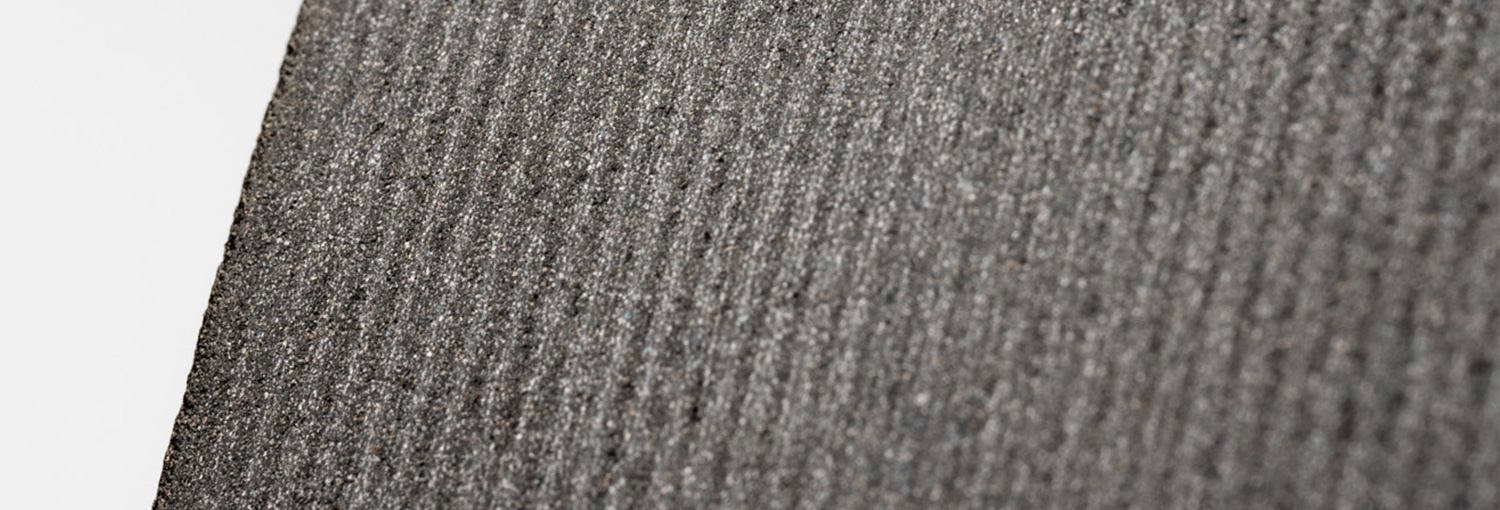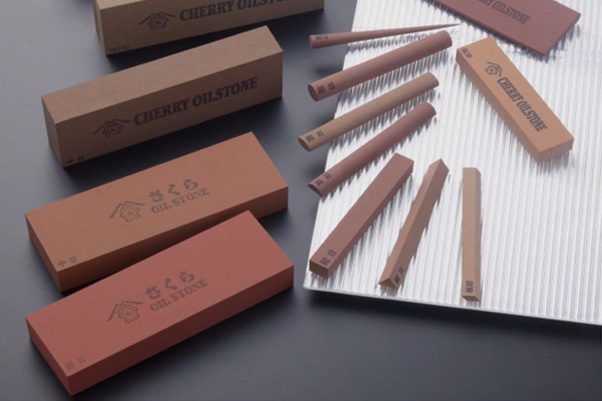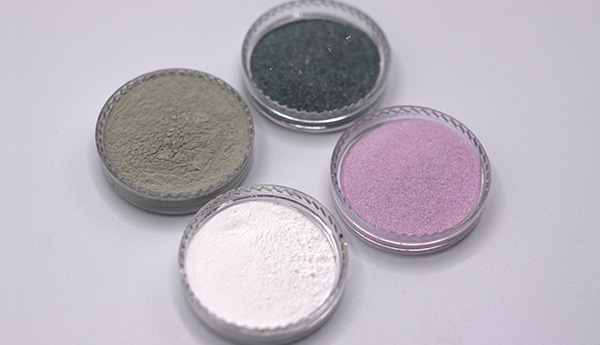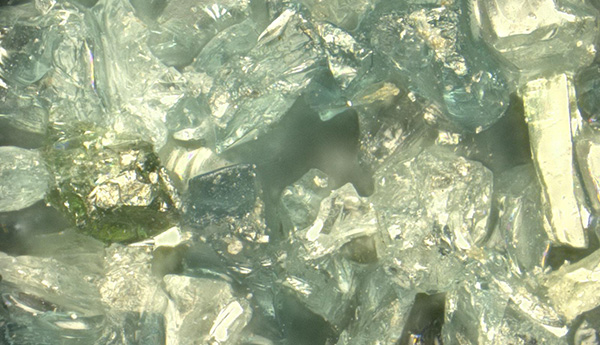THE BASICS OF GRINDING

This page is intended to deepen your basic knowledge of the “grinding wheels” we handle.
What is a grinding wheel, its history, types of abrasives, the “three elements” that make up a grinding wheel, and the “five factors” that are classified in detail are also introduced.
There are various types of grinding wheels, and they are used in a wide range of fields, including steel, shipbuilding, construction, automobiles, bearings, electrical machinery, and machinery, and continue to support Japan's “monozukuri” (manufacturing) industry.
-

01
WHAT IS A WHETSTONE?
There are two types of grinding and polishing tools: natural grinding stones and man-made grinding stones, and most grinding stones used today are man-made.
First, let us introduce the history and appeal of grinding stones.View More
-

02
ABRASIVES
It is a hard sand or powder, also called “abrasive grain,” that is used to cut, grind, and polish workpieces.
Here's a closer look at “abrasives.”View More
-

03
BASIC COMPOSITION OF WHETSTONE
Grinding wheels are composed of a combination of three major elements: abrasive grains, bonding agent, and pores. By varying the types and amounts of these three elements, a wide variety of grinding wheels can be made.
View More